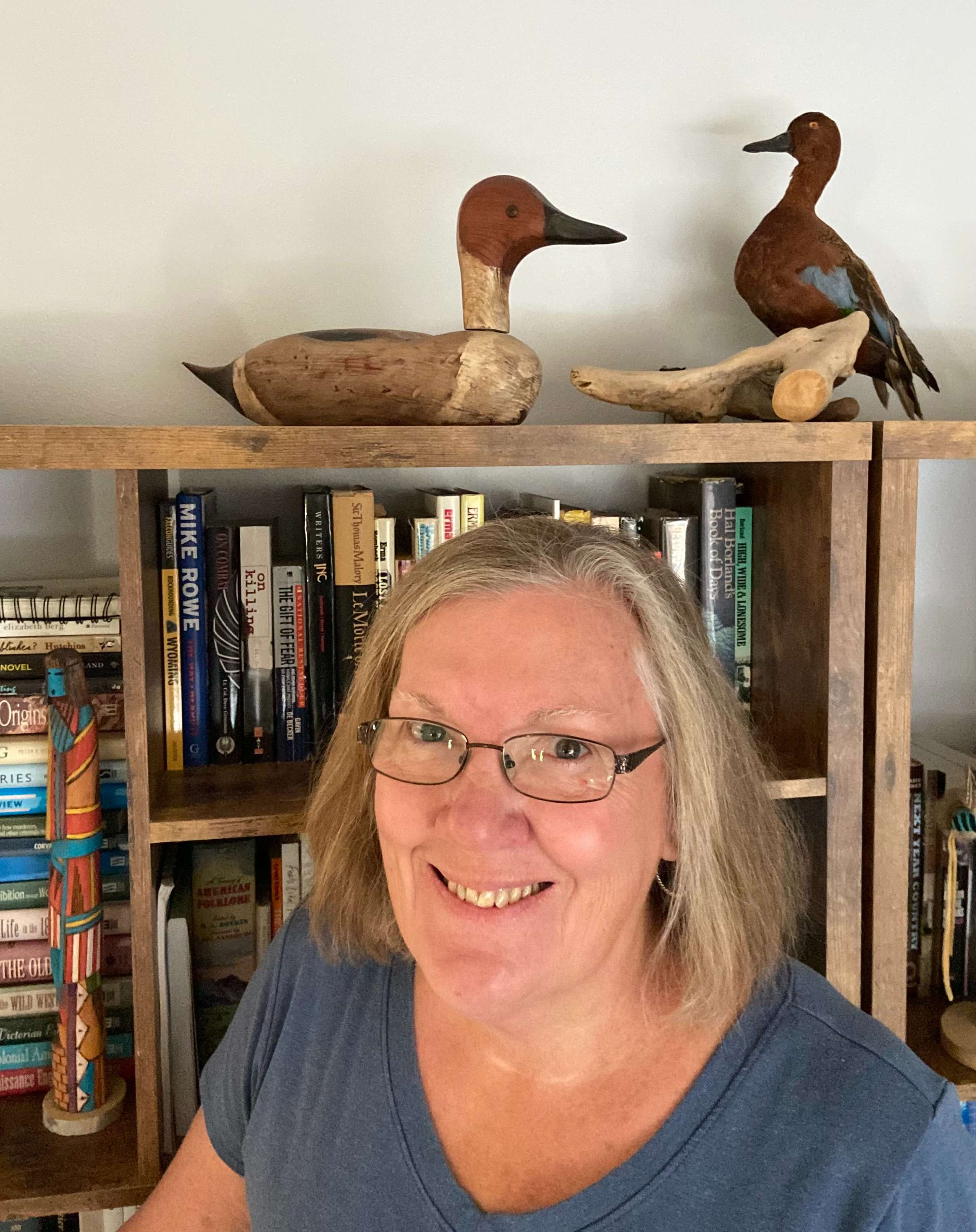
By KAREN MADORIN
Consider changes in your community since 2012. Businesses open, close, refocus, prices rise or fall, new construction surges while old buildings deteriorate, populations boom or bust, technology transforms — decade-old apps and programs no longer function, vehicles and equipment dependent on computers require professional repair. Nothing remains stagnant — an aphorism as true of western Kansas 150 years ago as it is today. Such change affects schools as well, including old District 2 in Ellis.
According to Jessie Ormerod’s records, new teachers came to town, and Phanie Haines replaced Fanny Hemminger in 1874. Mr. Curts took over instruction in 1875 and 76, with Harvey Heath leading classes in 1877. Did all early communities see similar turnover?

During these years, Ellis evolved from railroad division point to full-fledged community with a range of businesses serving the growing town. As fast as new buildings rose from dusty prairie, school enrollment increased and by 1878, necessitated a principal: Miss Hettie Hamilton joined two teachers: Miss Wright and Miss Clark. Town fathers anticipated further growth.
According to the September 18, 1880, Ellis Weekly Headlight, class rolls numbered 115 students with Mr. Jennings serving as principal assisted by teachers Ida Burbank and Nettie Clark. The editor stated, “When Ellis becomes known for her good schools, her real estate will increase in value.”
As class size multiplied, teachers recognized they needed support and organized a county teacher association to provide what educators now call professional development. The Oct. 16, 1880 EWH recorded that the county superintendent introduced the meeting, and attending teachers illustrated best methods of classroom drill as well as sharing essays and leading discussion related to general school work.
As one might expect, taxes increased to support the growing school. The EWH reported on 8-20-81 that a tax of 7 ½ mills paid educator salaries and an additional ½ mill covered incidental expenses. By 1881, citizens circulated a petition seeking $7000.00 to build a stone school house. The eventual bond passed 274 – 98. Board members optimistically located the new building south of the UPPR tracks. At that time, most Ellis businesses had located on the north side of the tracks. Clearly, residents expected growth to the south.
George Johnson drew up plans for a 36 x 66-foot building that would stand 32 x 62 feet inside and 40 feet tall (EHW 1-7-82). The Maguire Brothers of Hays contracted to quarry and deliver the stone on site at $4.00 a cord (EHW 12-3-81).
During the time required to construct this large stone building, Jessie Shepherd taught 99 students enrolled in her primary class. Mrs. W. L. Jennings taught 65 scholars in the intermediate class, and Professor W. L. Jennings instructed 42 students in the grammar class. These students studied in the wooden building north of the tracks. What a challenge!
Ellis, like other developing Great Plains communities, valued education. Parents and leaders understood reading, writing, and arithmetic skills increased children’s chances to succeed. In less than two decades, town authorities hired additional educators and built a new facility in an undeveloped part of town. Their optimism paid off as the town grew toward that one-time dream on the south hill.
Karen is a retired teacher, writer, photographer, outdoors lover, and sixth-generation Kansan. After a time away, she’s glad to be home.






